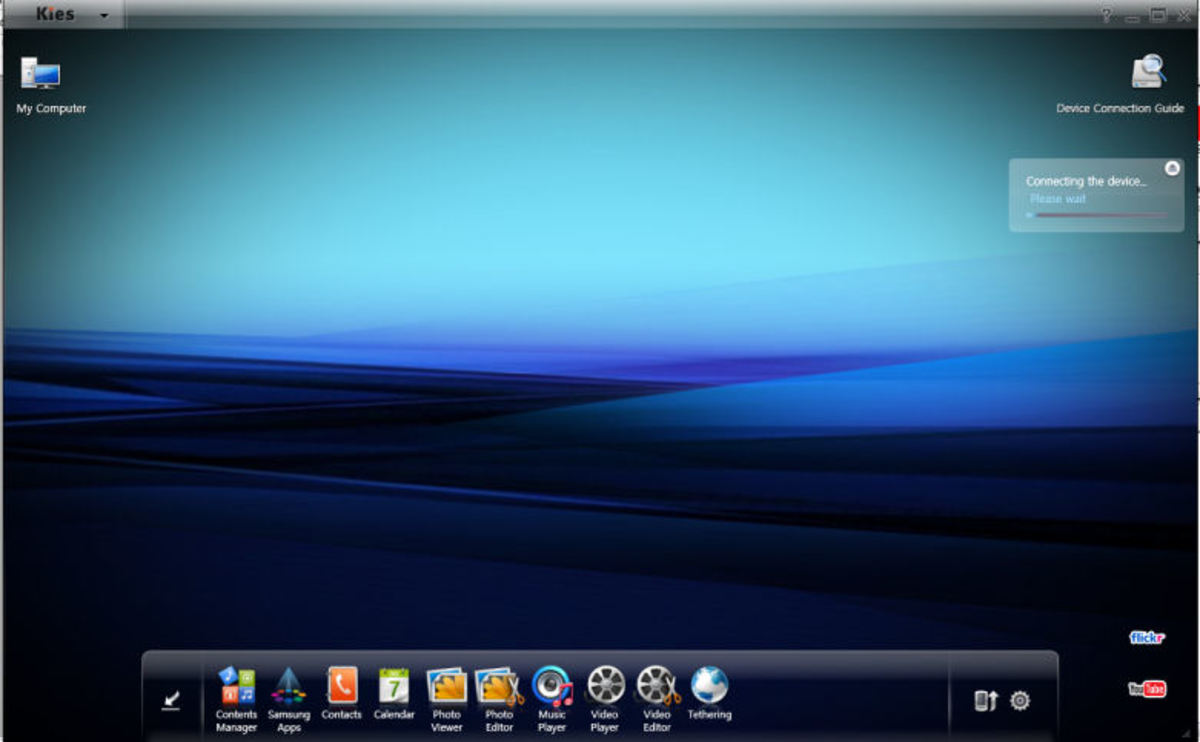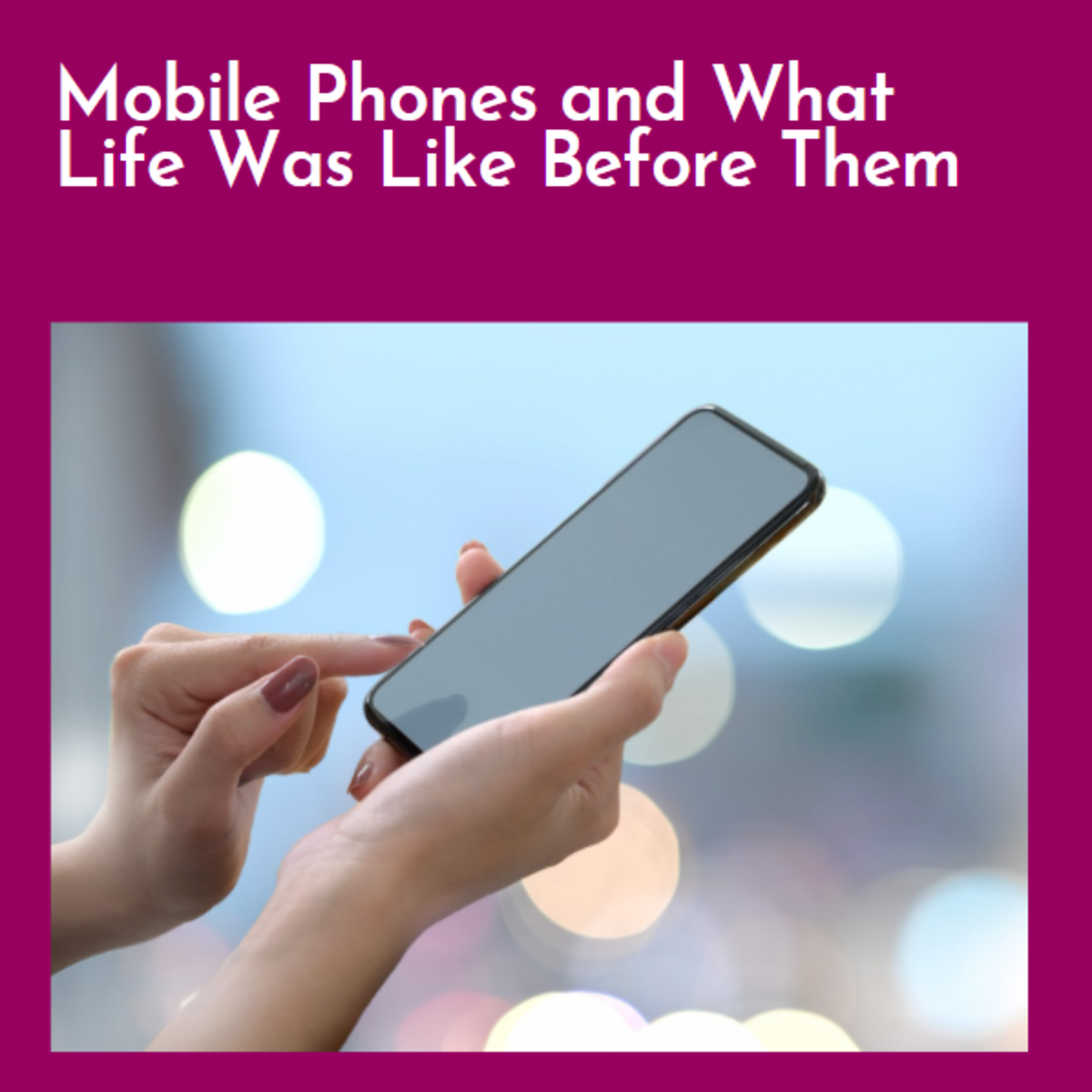Can Batteries Keep Up With Smartphone Features?
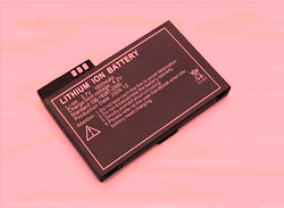
Sometimes the cart gets in front of the horse. This isn't altogether the worst thing in the world, that is, unless the horse breaks a leg or falls over dead. Then you just have a cart rolling down the street.
There was once a time when a phone only needed enough battery power to find a cellular tower and transmit a little bit of data. Smartphones made sure that was no longer the case, blowing off the doors of the lithium battery world. Phones now connect to Wi-Fi, sync up with Bluetooth, utilize GPS location services, playback movies . . . and, oh yeah, they still make phone calls, too. All of these modern tools bundled into one smartphone seem like a logical advancement in technology. People want information overload, no matter where they are and no matter what time of day it is.
But can we provide the energy required to perform all of these functions in an efficient and consumer-friendly way? Has battery technology kept pace with the requirements of an interconnected world?
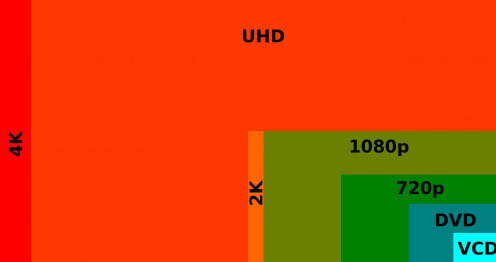
The Experiment
I recently performed a test on a name brand smartphone, one of their flagship devices for 2015. The device has a QHD screen with a resolution of 2560 x 1440, generally (and incorrectly) referred to as 4k video resolution. For those of you unfamiliar with this, let me put it this way: If you happen to go to YouTube during one of their peak hours to watch an auto-tune animation of Barack Obama fighting the Avengers, you're likely to first be confronted with an advertisement. The most recent one I saw was of some jerk who kept bragging about how many books he owned and, because he owned a whole bunch of books, he was uber-smart and could buy a sports car. Whatever. I own a four-door sedan so get at me, son.
What is noticeable about the ads, though, is that they are super crisp and much more colorful whereas the video you are trying to watch ends up looking grainier and diluted. This is because the advertisement is presented in 4k resolution while the video, itself, is likely only in 1080p resolution. Also, you'll note, the advertisement plays straight through without a problem but your video will stop to buffer and load three or four times. This has nothing to do with video resolution. It just irritates me, is all.
But back to my experiment! The smartphone with QHD display was drained down to about 60% charge, a nice spot on the device's charge current plateau between roughly 20% and 75% (phones will draw less charge current at or above 75%.) I turned on the WiFi capabilities of the phone, as well as the Bluetooth and GPS services just for good measure. The screen brightness was cranked up all the way,drawing as much juice from the battery as possible. Next, I surfed on over to YouTube and found an actual nature video loop that played in 4k resolution. Beauty, eh.
The smartphone was drawing around 850mA of current in order to utilize the full potential of its huge display. With the device working extra hard to stream the data and display it at such high resolution, the back of the casing began to get very warm. After about two minutes of streaming the 4k resolution video, the input current suddenly dropped to 250mA and remained there. The screen grew slightly dimmer and, despite the cute little lightning bolt symbol next to the battery, the smartphone no longer was charging. The phone's current consumption was outpacing the battery charge current and it appeared that the manufacturer had implemented some sort of limiting action based on a condition it was monitoring. Once I paused the video, the device stabilized and the current increased back up to 850mA.
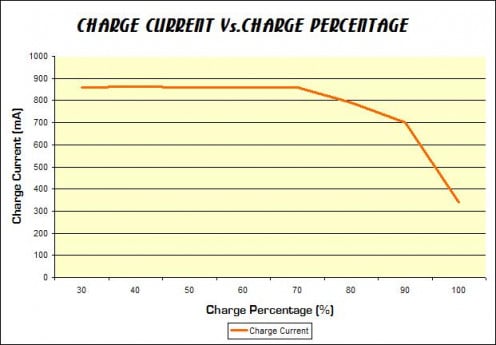
- What is USB-C?
If you are technologically untrendy like me, then you should just now be learning about USB-C. Here is what USB-C is, what it means, and where it is headed. - How Baking A Motherboard in the Oven Worked for Me
In the past I had read articles claiming that, dependent upon the problem, a motherboard from a computer could be fixed by baking it in the oven. The idea seemed ludicrous to me, at first. Certainly the components on the board would be damaged when.. - Engineering in the Real World: What They Don't Teach You in College
A humorous, yet all-too-real look into Engineering life.
Conclusion
This was not a problem concerning power delivery. The OEM power supply was rated for 5V and 1500mA so it had a little extra sauce to it. I even tried a second supply that was rated at an even higher current (2A) and the same result occurred, as expected. In fact, at a lower charge percentage, without the QHD video streaming, the device was drawing up to 1.2A of current. No problems with the supply.
In a nutshell, the phone was doing more than its battery could handle, even while charging and plugged into its AC adapter. This was at 50%, too, not some unreasonable scenario. What this implies is that we have introduced high-end wireless and visual capabilities that may not be supported by the means employed for a given product. For the most part, the battery will support the functionality of the phone but there are now features being offered that not only push the phone to the brink, but they are actually beyond the phone's capacity, hence the manufacturers install limits so that the phone will not be damaged. Remember, this test was with the phone charger plugged in and the device cut down the current to 250mA in a proactive effort to protect the battery. The device (as if it were a living, thinking organism) knew that it would destroy itself if it kept trying to charge the battery as it discharged at such a heavy pace.
So here was a scenario, however unusual or unlikely, that would deplete the device's battery to 0% charge over time, even if it was connected to its power supply. Technological expectations had outpaced commercial capabilities and as a result, an engineering safety mechanism was implemented in order to get by, knowing that most consumers would never plug their phone into the wall socket and sit down to stream 24 hours of 4k resolution video. Well, they wouldn't prior to this article, at least.
I wouldn't say the cart is ahead of the horse yet,but I would suggest that it is creeping up and bumping against its back legs.



